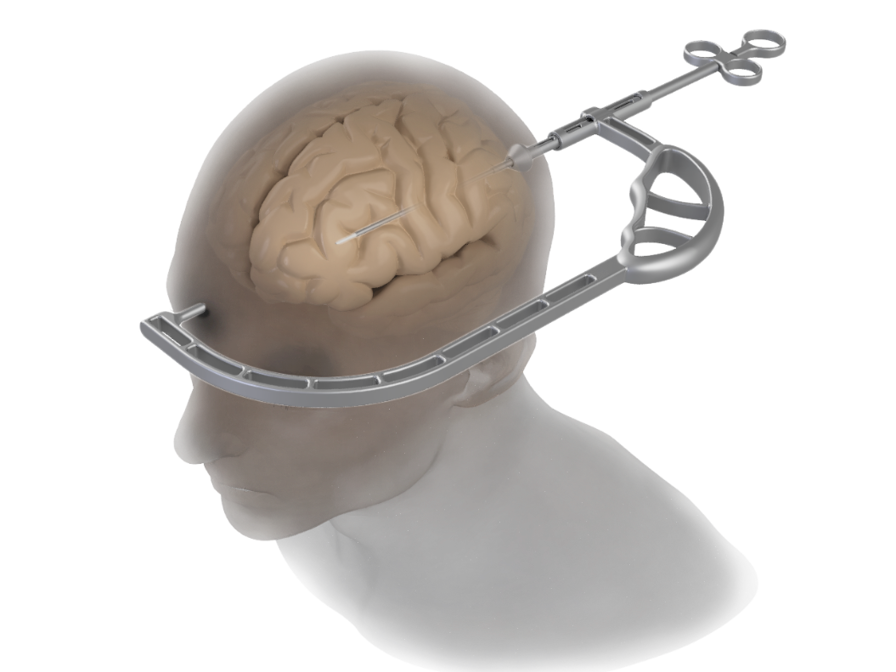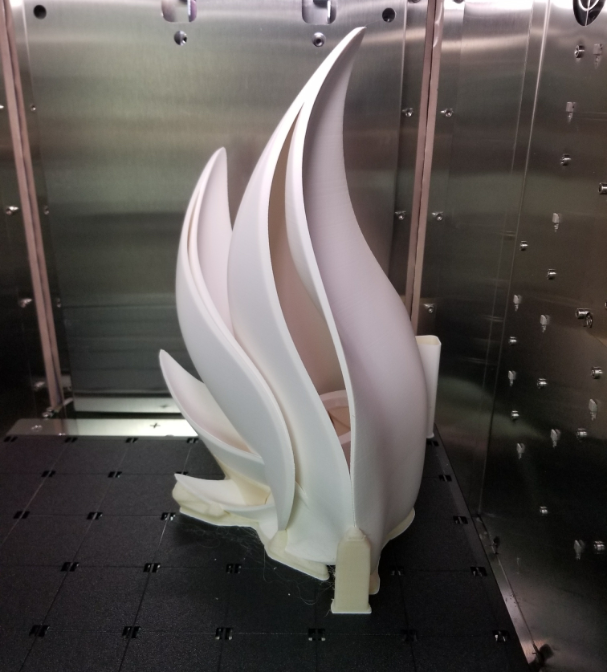The university’s push for research and economic development resulted in the creation of Protostudios, a state-of-the-art rapid prototyping facility at MERGE, a nearby entrepreneurship and innovation center. Protostudios helps surgeons at the University of Iowa Hospitals and Clinics create medical models and tools that fit their needs. “One of the problems the surgeons were having was a lack of face-to-face communication that often extended time in developing their ideas. Local prototyping capabilities were insufficient. Outsourcing to out-of-state firms would often take an average of 2 years and many thousands of dollars to complete a proof-ofconcept prototype,” explained Charles Romans, prototyping director at the University of Iowa. Protostudios’ main objectives were to establish improved communication channels that would shorten development time with consistently accurate results.
However, providing accurate, functional prototypes on time proved challenging; the university needed to keep customers and students excited about the new initiative, to stay on track with its goals to accomplish positive reviews. With advanced 3D printing capabilities, surgeons are able to make surgical tools, guides and accurate anatomical models for preoperative preparation. One surgeon decided to 3D print a surgical model through Protostudios after disappointing results from multiple attempts to make models with traditional methods.
Romans said, “I was able to print four different materials in one prototype model to simulate what he was trying to accomplish. I recreated his concept in one day and that’s one of the reasons he keeps calling me for more projects, the fact that I can do this so quickly and so consistently.”
These results were made possible after Protostudios and the university invested in a Stratasys J750™ PolyJet™ printer and an F370 FDM printer. Now surgical guides and models are just as easy to obtain as they are to print. “Surgeons love these parts because of the high resolution and quality. They are prototyping tools they can’t find anywhere else,” said Romans. “I’m able to turn around their ideas and have a proof of concept completed within a matter of weeks compared to years.” One example is the Caroline Guide developed by Dr. Matthew Howard, M.D., Head of the Department of Neurosurgery at the University of Iowa. This surgical guide was prototyped using the F370 printer to refine the design before the final version was made in metal. Prototyping using the 3D printer provided a much faster and cost effective path to optimize the guide’s design.

